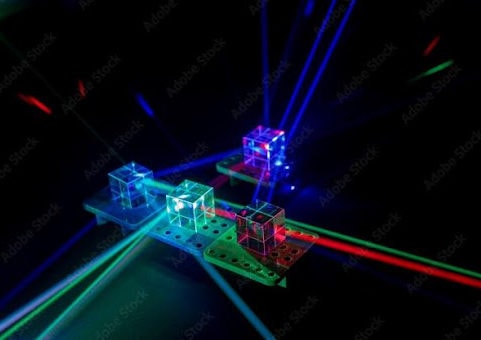Exploring Custom Optical Components: Function and Application
Created at : Sep 28 2023
The world of optics is a fascinating realm where light is harnessed and manipulated to perform a myriad of tasks. Custom optical components are at the forefront of this field, enabling scientists, engineers, and innovators to design and create specialized optical systems tailored to their specific needs.
Understanding Custom Optical Components
Custom optical components are precisely engineered optical elements that are designed to manipulate and control the propagation of light in various ways. Unlike off-the-shelf optical components, such as lenses and mirrors, which serve general purposes, custom optical components are tailor-made to meet specific requirements of a particular optical system or application.
How Custom Optical Components Work
- Design and Fabrication: The journey of a custom optical component begins with the design phase. Optical engineers and designers work closely with clients to understand their specific needs and objectives. They use advanced software tools and simulations to design optical elements that can achieve the desired outcomes.
- Material Selection: The choice of materials is critical in custom optical component design. Different materials have varying optical properties, which affect how they interact with light. Common materials used include glass, crystals, plastics, and specialty materials like optical ceramics.
- Manufacturing Techniques: Precision is key in the manufacturing of custom optical components. Various techniques such as diamond turning, grinding, polishing, and coating are used to create components with highly controlled dimensions and surface characteristics.
- Coatings: Coatings are often applied to custom optical components to enhance their performance. Anti-reflective coatings, for example, reduce reflections and improve light transmission. Dielectric coatings are used for beam-splitting and polarization control.
- Testing and Quality Control: Rigorous testing and quality control processes ensure that custom optical components meet the required specifications. This involves using advanced metrology tools to measure parameters like surface accuracy, wavefront distortion, and transmission.
Types of Custom Optical Components
Custom optical components encompass a wide range of elements, including but not limited to:
- Optical Lenses: These can be designed to focus, diverge, or collimate light based on specific requirements.
- Mirrors: Custom mirrors can have precise shapes and coatings for beam steering, reflection, or imaging.
- Prisms: Prisms are used for dispersion, beam deviation, and polarization control.
- Filters: Custom filters are designed to transmit or block specific wavelengths of light, crucial in applications like spectroscopy.
- Waveplates: These optical elements alter the polarization state of light, vital in polarization-sensitive applications.
Applications of Custom Optical Components
Custom optical components find applications across various industries and scientific fields, including:
- Medical Imaging: Custom optics play a crucial role in endoscopes, microscopes, and medical imaging devices, improving diagnostic capabilities.
- Astronomy: Telescopes and observatories often rely on custom optics to capture and analyze distant celestial objects with high precision.
- Laser Systems: Custom optical components are fundamental in laser systems, enabling laser cutting, marking, and medical procedures.
- Defense and Aerospace: Precision optics are used in surveillance systems, targeting devices, and navigation systems for aircraft and spacecraft.
- Telecommunications: Optical communication networks require custom components to ensure efficient data transmission over long distances.
Conclusion
Custom optical components are the building blocks of advanced optical systems, allowing scientists, engineers, and innovators to push the boundaries of what is possible with light. Their design, fabrication, and application span a diverse range of industries and scientific disciplines, making them a crucial part of modern technology and research. As optical technology continues to advance, custom optical components will remain essential in shaping the future of optics and photonics.

 CUSTOM OPTICAL FILTERS
CUSTOM OPTICAL FILTERS
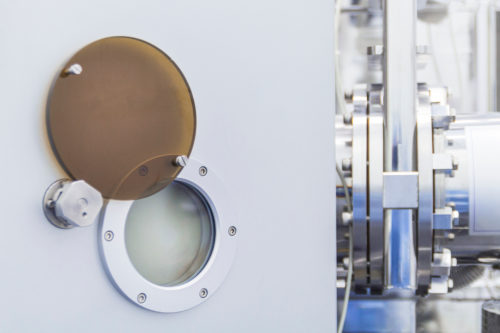 OPTICAL WINDOWS
OPTICAL WINDOWS
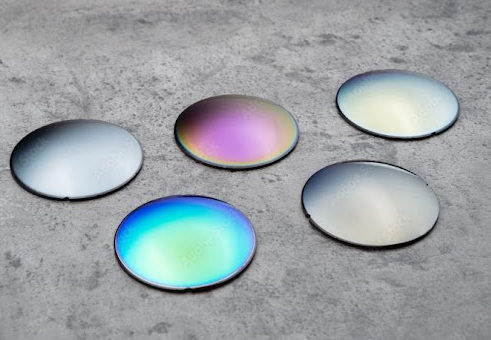 OPTICAL COATINGS
OPTICAL COATINGS
 UV OPTICS
UV OPTICS
 CYLINDRICAL OPTICS
CYLINDRICAL OPTICS
 CUSTOM TEMPERED OPTICS
CUSTOM TEMPERED OPTICS
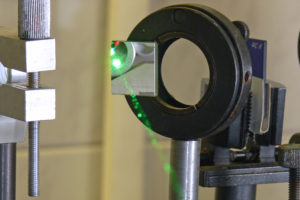 OPTICAL MIRRORS
OPTICAL MIRRORS
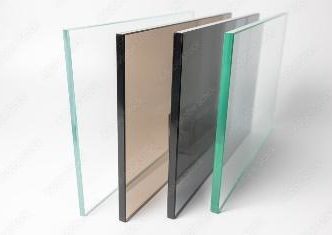 NEUTRAL DENSITY
NEUTRAL DENSITY
 PRISMS & RETROREFLECTORS
PRISMS & RETROREFLECTORS
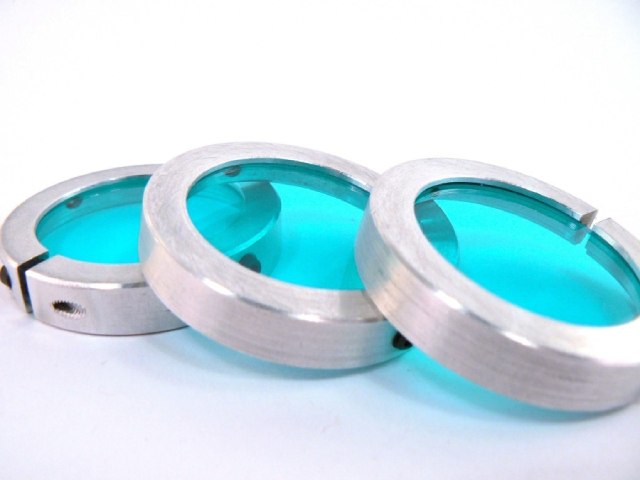 ASSEMBLIES
ASSEMBLIES
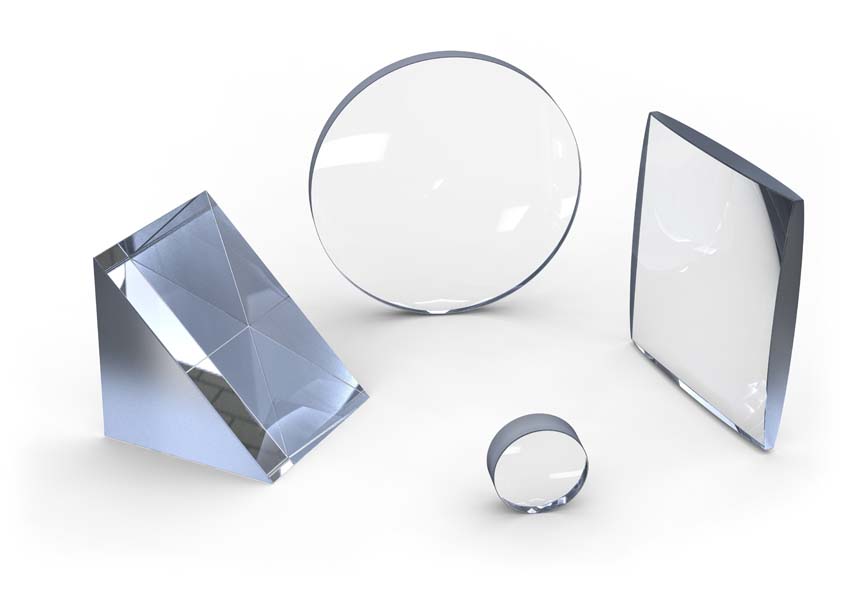 OPTICAL LENSES
OPTICAL LENSES
 NIGHT VISION FILTERS
NIGHT VISION FILTERS
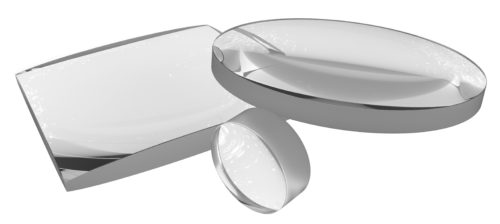 ACHROMATIC LENSES
ACHROMATIC LENSES
 OPTICAL BEAM SPLITTERS
OPTICAL BEAM SPLITTERS
